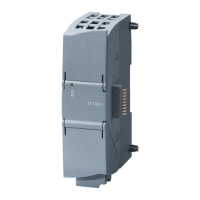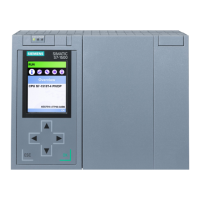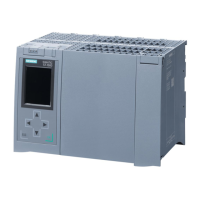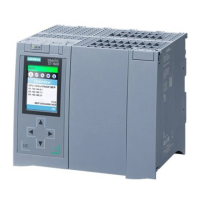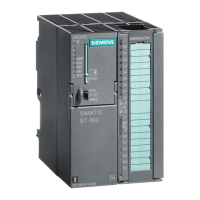Programming concepts
6.5 Programming language
S7-1200 Programmable controller
System Manual, 03/2014, A5E02486680-AG
189
Configuring SCL to set ENO
To configure the SCL compiler for setting ENO, follow these steps:
1. Select the "Settings" command from the "Options" menu.
2. Expand the "PLC programming" properties and select "SCL (Structured Control
Language)".
3. Select the "Set ENO automatically" option.
Using ENO in program code
You can also use ENO in your program code, for example by assigning ENO to a PLC tag,
or by evaluating ENO in a local block.
“MyFunction”
( IN1 := … ,
IN2 := … ,
OUT1 => #myOut,
ENO => #statusFlag ); // PLC tag statusFlag holds the value of E
NO
“MyFunction”
( IN1 := …
IN2 := … ,
OUT1 => #myOut,
ENO => ENO ); // block status flag of "MyFunction"
// is stored in the local block
IF ENO = TRUE THEN
// execute code only if MyFunction returns true ENO
Effect of Ret_Val or Status parameters on ENO
Some instructions, such as the communication instructions or the string conversion
instructions, provide an output parameter that contains information about the processing of
the instruction. For example, some instructions provide a Ret_Val (return value) parameter,
which is typically an Int data type that contains status information in a range from -32768 to
+32767. Other instructions provide a Status parameter, which is typically a Word data type
that stores status information in a range of hexadecimal values from 16#0000 to 16#FFFF.
The numerical value stored in a Ret_Val or a Status parameter determines the state of ENO
for that instruction.
● Ret_Val: A value from 0 to 32767 typically sets ENO = 1 (or TRUE). A value from -32768
to -1 typically sets ENO = 0 (or FALSE). To evaluate Ret_Val, change the representation
to hexadecimal.
● Status: A value from 16#0000 16#7FFF typically sets ENO = 1 (or TRUE). A value from
16#8000 to 16#FFFF typically sets ENO = 0 (or FALSE).

